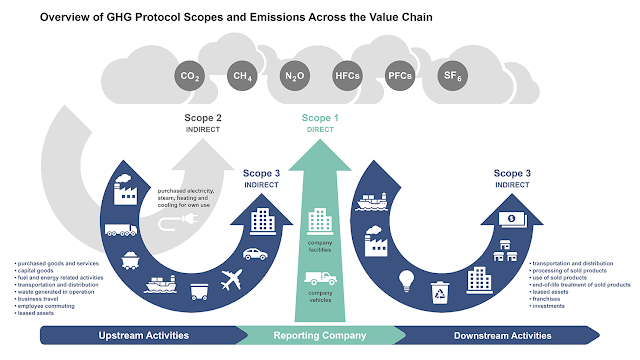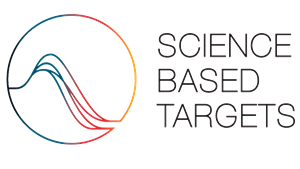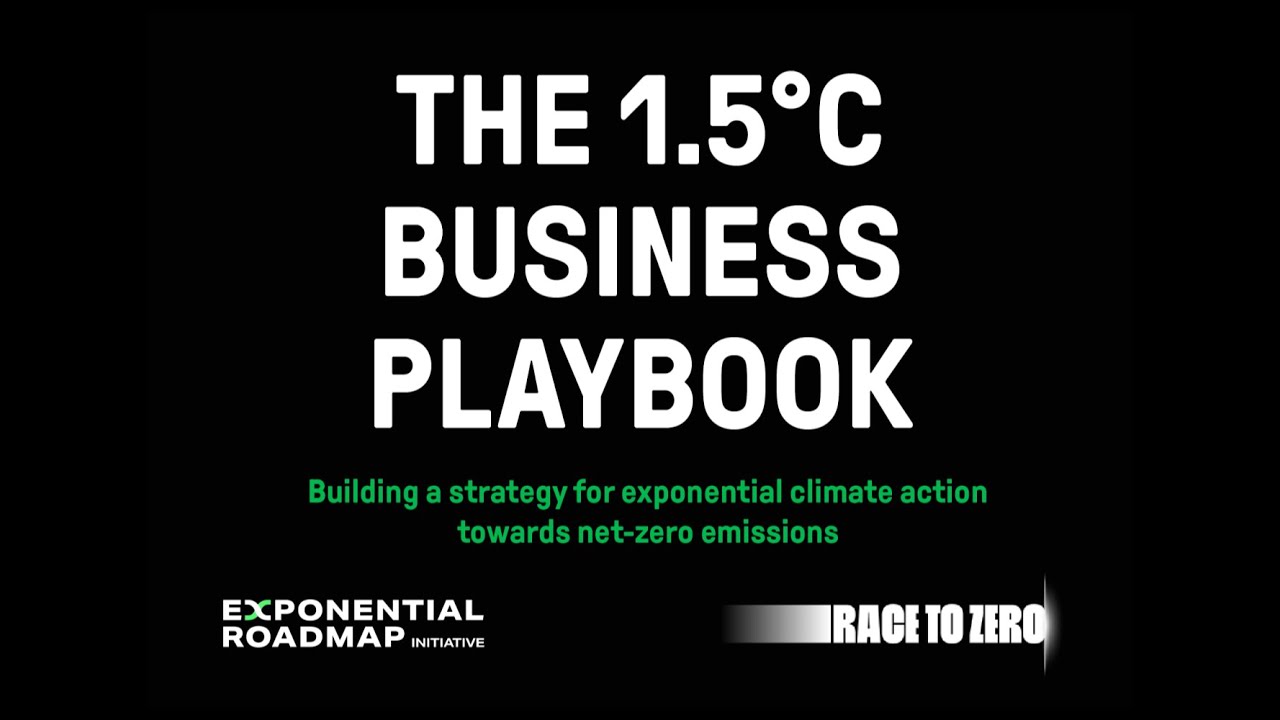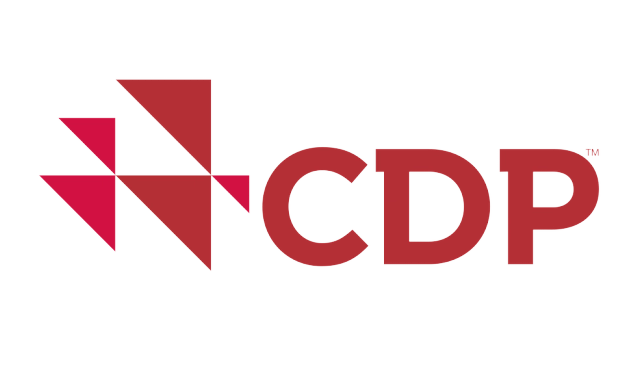Start your journey to Net Zero
We know our greatest impact comes from when we work together with shared values and goals for people and planet. See the steps your organization can take towards a more sustainable future through our open resources.
To enable our suppliers to reduce their own organizational emissions in line with the requirements in our Supplier Code of Conduct, we provide you with guidance and resources. Below you will find more details on the expectations of Proximus for each step, as well as resources describing the best practices to fulfill each expectations. .
 Set a Baseline
Set a Baseline
See where you stand by calculating your corporate carbon footprint to establish a baseline and identify your main impact categories.
 We expect our suppliers to measure their total corporate carbon footprint, expressed in CO2eq emissions and disclose it publicly. This calculation will serve as a baseline against which to set reduction targets for the future.
We expect our suppliers to measure their total corporate carbon footprint, expressed in CO2eq emissions and disclose it publicly. This calculation will serve as a baseline against which to set reduction targets for the future.
Within this corporate carbon footprint, we expect minimum disclosure of scope 1, scope 2, and scope 3 (category 1) emission data. We don’ put forward a specific calculation methodology as companies may elect to adopt industry- or region-specific methodologies but express a preference for the Greenhouse Gas Protocol, the widely-used international protocol for carbon accounting.
In terms of external validation of these calculated emissions, we either accept a limited assurance by an external auditor validating the calculations, or the engagement of an external consultant to assist in the calculations.
 According to the GHG Protocol, CO2e emissions to be captured for a corporate carbon footprint are classified into three scopes:
According to the GHG Protocol, CO2e emissions to be captured for a corporate carbon footprint are classified into three scopes:
Scope 1 emissions are direct GHG emissions that occur from sources that are owned or controlled by the company. For example, emissions from combustion in owned or controlled boilers, furnaces, vehicles, etc. For more guidance, we refer you to the Corporate Accounting and Reporting Standard.
Scope 2 emissions accounts for indirect GHG emissions from the purchased or acquired electricity, steam, heat and cooling consumed by the company. Scope 2 emissions physically occur at the facility where electricity is generated. It can and should be calculated both location-based and market-based. For more guidance, we refer you to the GHG Protocol Scope 2 Guidance.
Scope 3 emissions include all other indirect emissions that occur in a company’s value chain. The 15 categories in scope 3 are intended to provide companies with a systematic framework to measure, manage, and reduce emissions across a corporate value chain. The categories are designed to be mutually exclusive to avoid a company double counting emissions among categories. For more guidance, we refer you to the Corporate Value Chain Scope 3 Standard and the Technical Guidance for Calculating Scope 3 Emissions.
There are a wide array of consultancies out there that can assist you in calculating emissions, setting reduction targets, complying with reporting legislation and so on. For those of you that don’t know where to look we have put together a non-exhaustive shortlist of consultants who all work on the back-end with a carbon accounting SaaS solution that we trust: Carbon Alt Delete.
Discover the shortlist of consultancies and what they can help you with here.
For our smaller suppliers, we understand that this can all feel overwhelming. Good thing the SME Climate Hub is here to help small businesses deliver on their climate goals. Their free-to-use Business Carbon Calculator is powered by Normative & Google. Use it to estimate your company’s full carbon footprint and find quick-win actions to reduce emissions.
This tool can serve to explore what it entails to calculate your corporate carbon footprint and it generates a report that you can share publicly afterwards with your stakeholders, like us! They also have a lot of other resources available that are interesting to check out!
 Commit to Reduce
Commit to Reduce
Make a public commitment to reduce your CO2eq emissions and define your targets aligned with the Science Based Targets
 Suppliers are to set a public emission reduction target as much as possible in line with 1,5°C climate science. This means a commitment to halving your corporate carbon footprint (scope 1, 2 & 3) before 2030 against your baseline.
Suppliers are to set a public emission reduction target as much as possible in line with 1,5°C climate science. This means a commitment to halving your corporate carbon footprint (scope 1, 2 & 3) before 2030 against your baseline.
For a target to be public, the supplier can publish it on the supplier company webpage, annual (Sustainability) report, CDP, or alike.
 Proximus holds a strong preference for suppliers validating their targets by the Science Based Targets initiative. Science-based targets (SBT) provide a clearly-defined pathway for companies to reduce greenhouse gas (GHG) emissions. Targets are considered ‘science-based’ if they are in line with what the latest climate science deems necessary to meet the goals of the Paris Agreement – limiting global warming to 1.5°C above pre-industrial levels.
Proximus holds a strong preference for suppliers validating their targets by the Science Based Targets initiative. Science-based targets (SBT) provide a clearly-defined pathway for companies to reduce greenhouse gas (GHG) emissions. Targets are considered ‘science-based’ if they are in line with what the latest climate science deems necessary to meet the goals of the Paris Agreement – limiting global warming to 1.5°C above pre-industrial levels.
Science Based Targets for Large Enterprises always include a reduction target for scope 1 and scope 2 emissions. If a company’s relevant scope 3 emissions are 40% or more of total scope 1, 2, and 3 emissions, they must be included in near-term science-based targets.
In alignment with CSRD, you classify as a Large Enterprise when you meet two or more of the following criteria:
- Employ >250 employees
- Turnover of >€50 million
- Total assets of >€25 million
For more guidance, we refer you to the Science Based Targets SME Target Setting process to set a target.
 Proximus holds a strong preference for suppliers validating their targets by the Science Based Targets initiative. Science-based targets (SBT) provide a clearly-defined pathway for companies to reduce greenhouse gas (GHG) emissions. Targets are considered ‘science-based’ if they are in line with what the latest climate science deems necessary to meet the goals of the Paris Agreement – limiting global warming to 1.5°C above pre-industrial levels.
Proximus holds a strong preference for suppliers validating their targets by the Science Based Targets initiative. Science-based targets (SBT) provide a clearly-defined pathway for companies to reduce greenhouse gas (GHG) emissions. Targets are considered ‘science-based’ if they are in line with what the latest climate science deems necessary to meet the goals of the Paris Agreement – limiting global warming to 1.5°C above pre-industrial levels.
Science Based Targets for SMEs are absolute scope 1 and scope 2 GHG emissions reduction targets. As SMEs often lack the resources and capabilities needed to set scope 3 targets. Because of this, SMEs are not required to set near-term targets for their scope 3 emissions. Instead, they must commit to measure and reduce these emissions.
In alignment with CSRD, you classify as a Large Enterprise when you meet two or more of the following criteria:
- Employ <250 employees
- Turnover of <€50 million
- Total assets of <€25 million
For more guidance, we refer you to the Science Based Targets SME Target Setting process to set a target.
 Take Action
Take Action
Reduce your corporate emissions in line with your reduction targets both within your own operations and in your value chain.
 Companies have the scale, flexibility, resources and expertise to achieve ambitious climate goals. It is essential that all companies reduce their own emissions and their value chain emissions by integrating climate in business strategy. For more guidance, we refer you to the 1,5°C Business Playbook. It is a framework for enterprises to identify value opportunities in their own business and prepare for a transition to this new economy.
Companies have the scale, flexibility, resources and expertise to achieve ambitious climate goals. It is essential that all companies reduce their own emissions and their value chain emissions by integrating climate in business strategy. For more guidance, we refer you to the 1,5°C Business Playbook. It is a framework for enterprises to identify value opportunities in their own business and prepare for a transition to this new economy.
The Supplier shall make the transition to source energy from renewable sources and look continuously for energy efficiency measures to reduce its overall consumption. Concerning electricity sourcing, the Supplier must meet or exceed the minimum ambition to source 60% of its electricity mix from renewable sources by 2030 and 90% by 2040
It is essential to pursue electrification (with use of renewable energy) of your operations, buildings, and vehicle fleet. If a lease expires, look for building space where heat comes from electricity rather than from gas.
For more guidance on scope 1, we refer you to the following resources:
- Building decarbonization guide
- Fleet Electrification
- Low Carbon Construction Guide
- Workplace EV Charging
For more guidance on scope 2, we refer you to the following resources:
- Energy Efficiency Guide (Microsoft)
- Renewable Energy Procurement Guide (Microsoft)
Value chain emissions include all the emissions “outside the company walls”. They normally represent the largest share of a company’s total footprint and must therefore be addressed. Value chain emissions are emissions from upstream (e.g., supplier material) and downstream (e.g. use of sold products) activities associated with the operations of the reporting company and are referred to as scope 3 emissions in the Greenhouse Gas Protocol. The two categories that generally represent the largest share are Cat. 1 “Purchased Goods & Services” and Cat. 11 “Use of Sold Goods”.
For more guidance on Cat.1 “Purchased Goods & Services” and implementing a sustainable procurement strategy by cascading
reduction requirements to supply chain and/or source from "greener" suppliers who are actively pursuing reductions efforts, we refer you to:
- Net Zero for Procurement Teams (World Economic Forum)
- 1,5°C Supplier Engagement Guide (Exponential Roadmap Initiative)
For more guidance on Cat. 11 “Use of Sold Goods” and the development of more energy-efficient products to reduce customers' energy use, we refer you to:
 Disclose Progress
Disclose Progress
Share your annual progress via a report on your corporate emissions through a public format on your carbon footprint and reduction initiatives
 Proximus expects a supplier to disclose its corporate carbon footprint on an annual basis through a public format, such as an annual (sustainability) report, a company webpage, or a CDP report. Proximus does not put forward specific reporting framework yet expects the emissions to be reported on in absolute numbers per emission category across scope 1 , scope 2 and scope 3.
Proximus expects a supplier to disclose its corporate carbon footprint on an annual basis through a public format, such as an annual (sustainability) report, a company webpage, or a CDP report. Proximus does not put forward specific reporting framework yet expects the emissions to be reported on in absolute numbers per emission category across scope 1 , scope 2 and scope 3.
 CDP was established as the ‘Carbon Disclosure Project’ in 2000, asking companies to disclose their climate impact and runs the global environmental disclosure system. CDP takes the information supplied in its annual reporting process and scores companies and cities based on their journey through disclosure and towards environmental leadership.
CDP was established as the ‘Carbon Disclosure Project’ in 2000, asking companies to disclose their climate impact and runs the global environmental disclosure system. CDP takes the information supplied in its annual reporting process and scores companies and cities based on their journey through disclosure and towards environmental leadership.
We advise you to take part in the CDP questionnaire as it’s rapidly shaping up as the main disclosure platform across the world. For Small to Medium Enterprises, they also offer a minimized version of the questionnaire covering the most essential questions.
